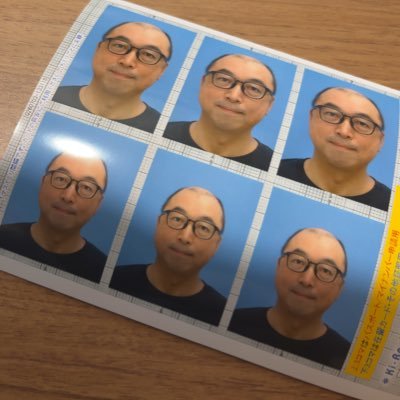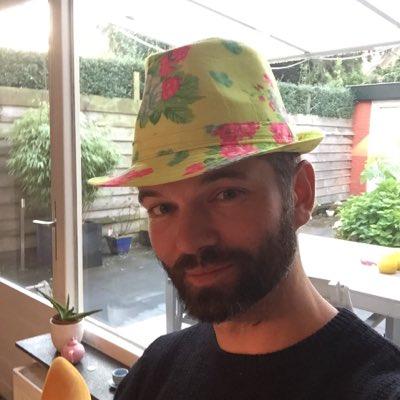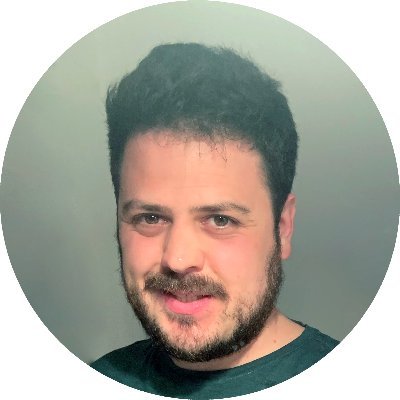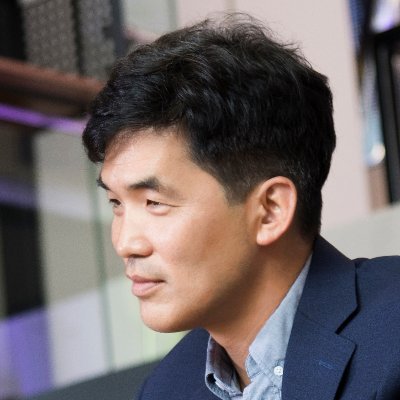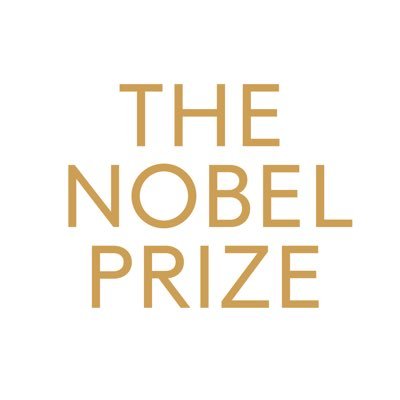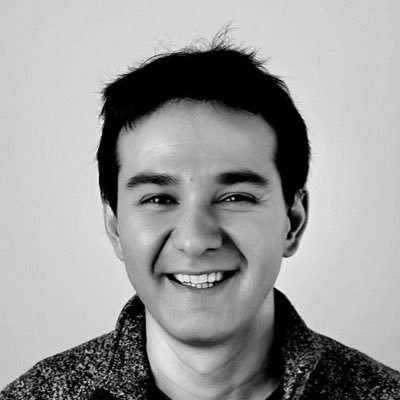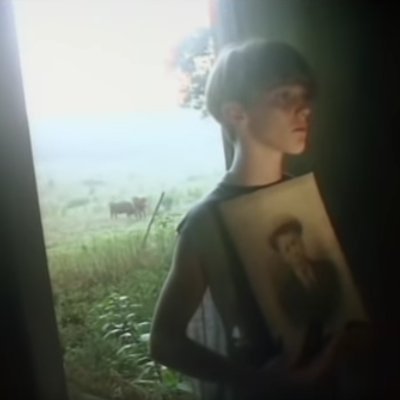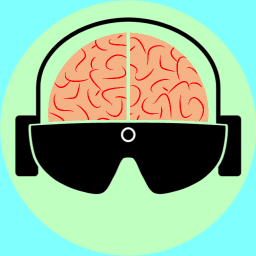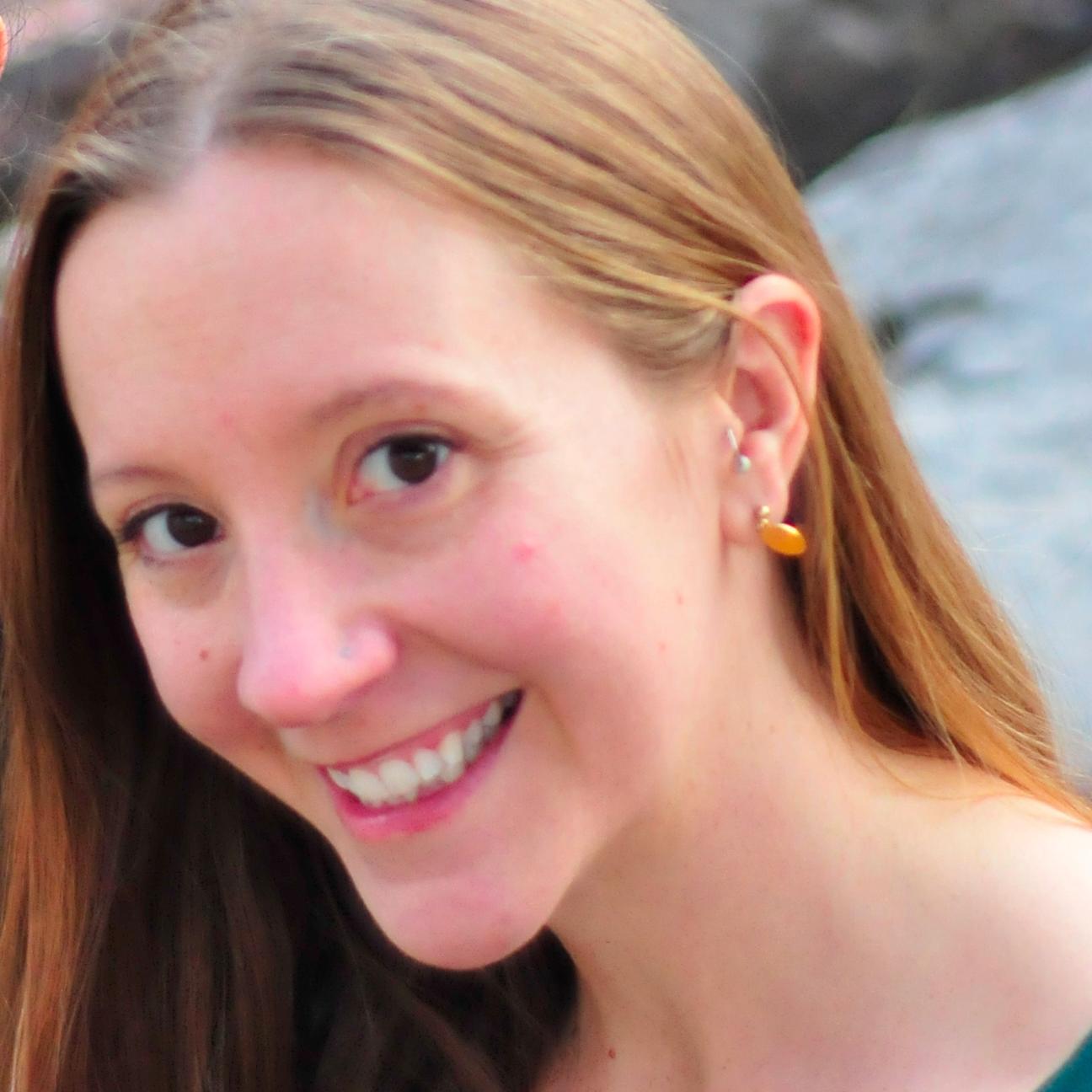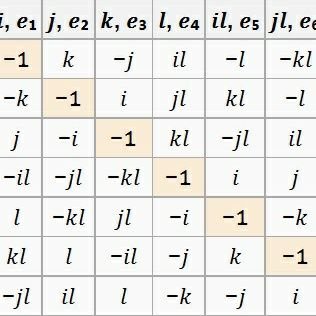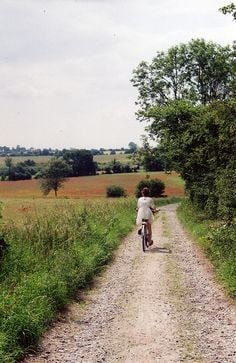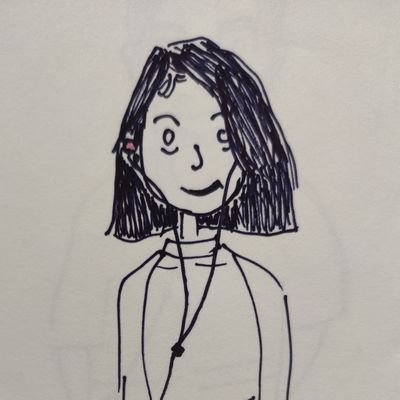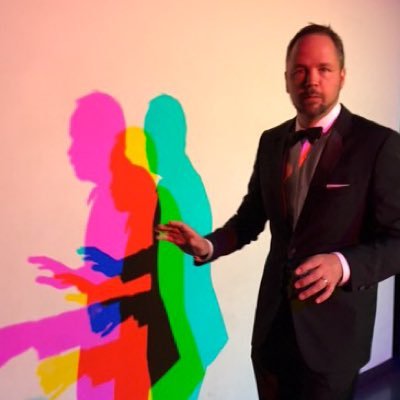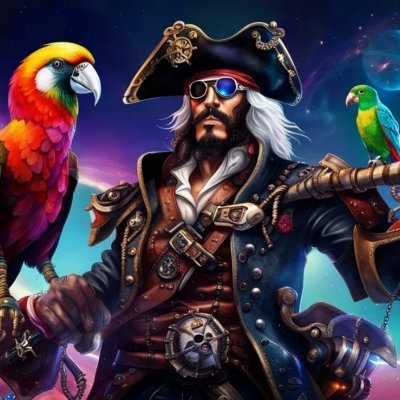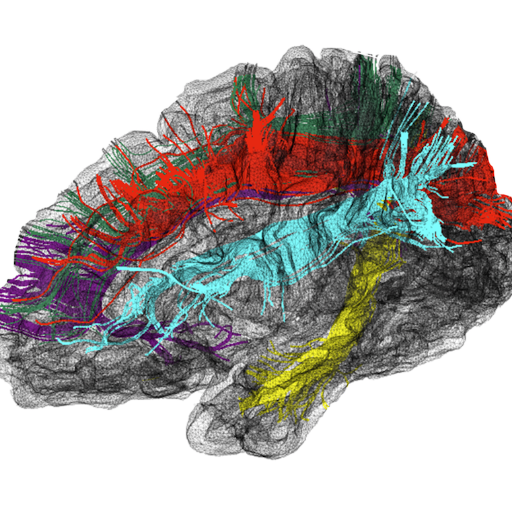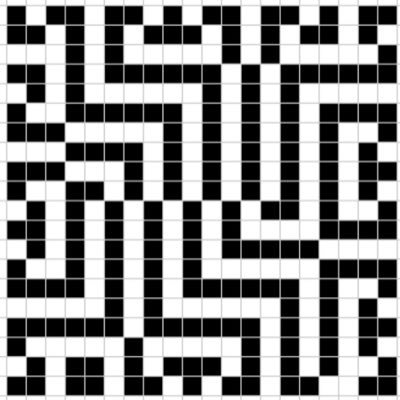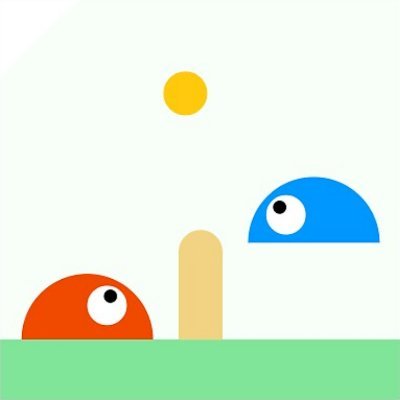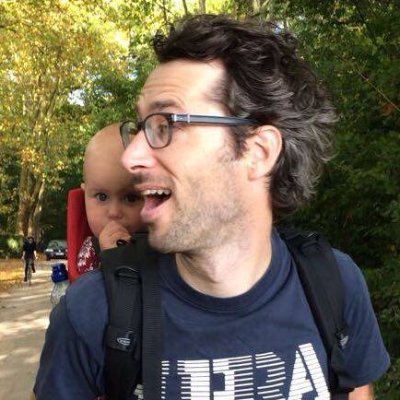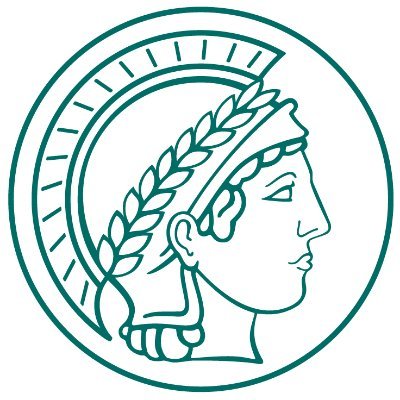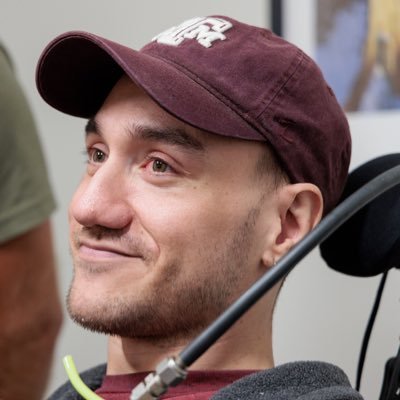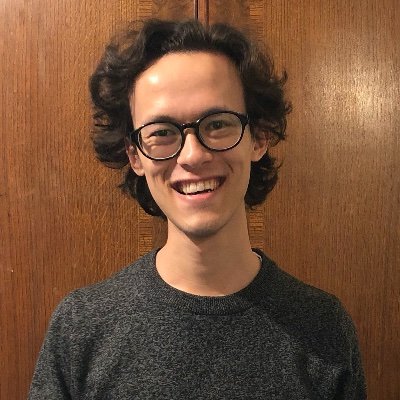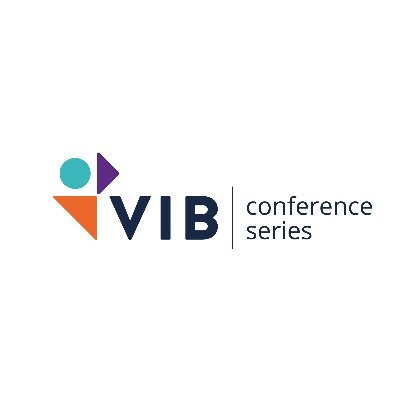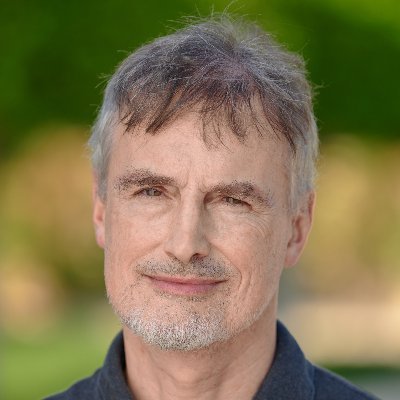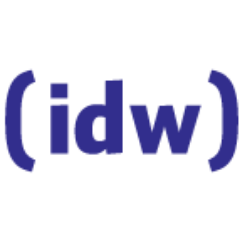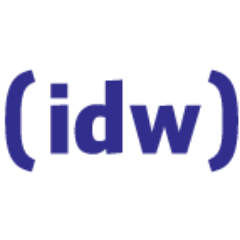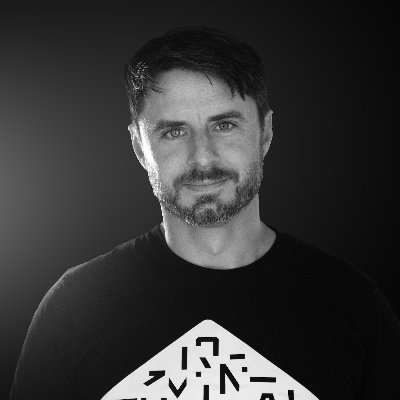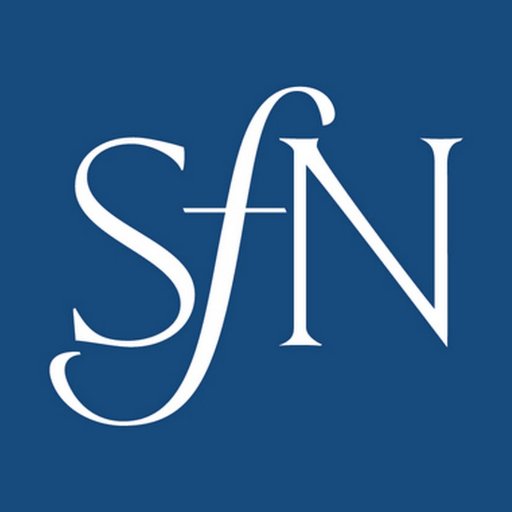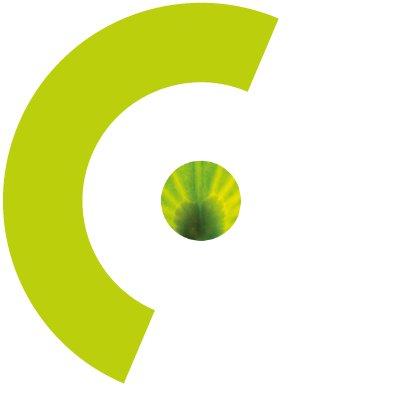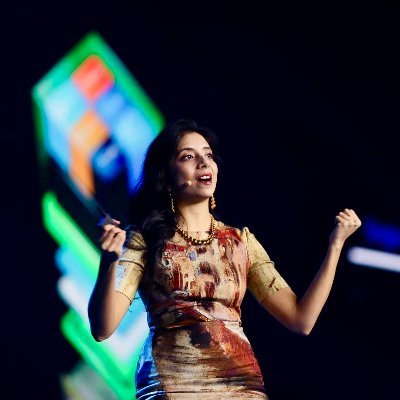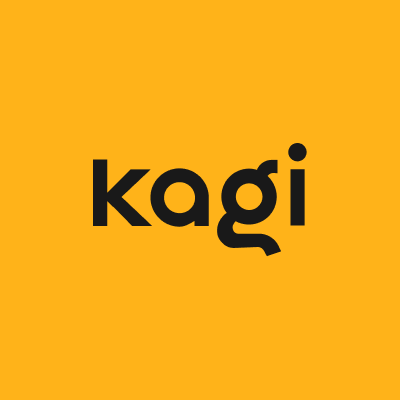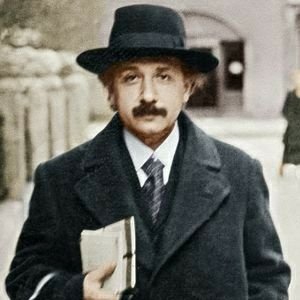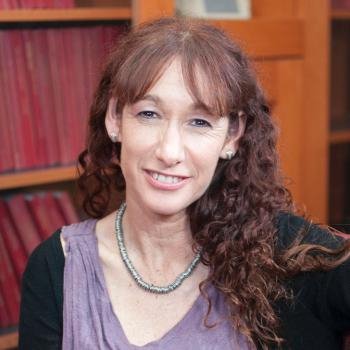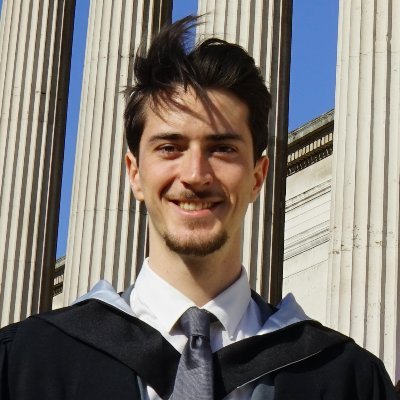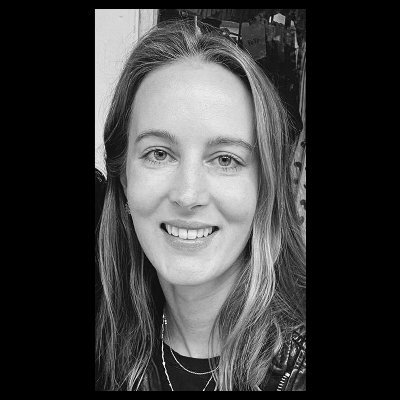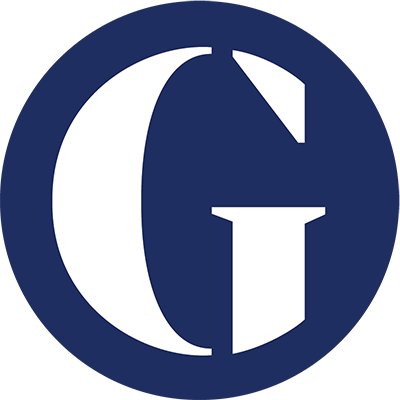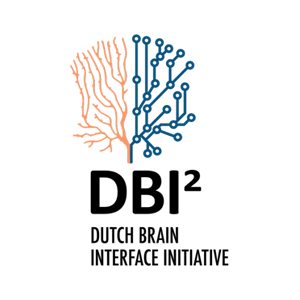
k. seeliger
@seelikatLinks between human and machine vision. #DeepLearning & #Neuroscience. PostDoc at ViCCo group by @martin_hebart at @MPI_CBS. Opinions are my own.
Similar User

@CogCompNeuro

@alex_ander

@talia_konkle

@TimKietzmann

@iris_groen

@martin_hebart

@Chris_I_Baker

@AdrienDoerig

@KriegeskorteLab

@leylaisi

@MariusPeelen

@summerfieldlab

@JeanRemiKing

@LynnKASorensen

@KohitijKar
Supercool progress decoding visual info (images) straight from brain activity! #Neuroscience is being massively advanced with modern #AI.
Our new work on reconstructing visual perception is online as a #NeurIPS paper! "MonkeySee: Space-time-resolved reconstructions of natural images from macaque multi-unit activity" 🧠📷: openreview.net/pdf?id=OWwdlxw… Looking forward to connecting in Vancouver at #NeurIPS2024 !

This new format will supplement the existing 2 page submission track: Long papers are submitted earlier to accommodate proper reviews. Papers that are rejected but are within scope can transfer to the 2 page track. Of course authors can also just submit a 2 page paper directly.

Brain-to-AI and Brain-to-Brain Functional Alignments speakerdeck.com/ykamit/brain-t…
In this TINS review we (w/@cvnlab, @elimerriam, & @eline_kupers) argue that *intensive* (many hours of data) fMRI of single individuals for single-voxel model fitting is a paradigm shift for cognitive/computational neuroimaging. tinyurl.com/intensivefmri 1/2

New paper: The Platonic Representation Hypothesis In which we posit that _different_ foundation models are converging to the _same_ representation of reality. paper: arxiv.org/abs/2405.07987 website: phillipi.github.io/prh/ code: github.com/minyoungg/plat… 1/8
Nice quick read with an important point: even if a model predicts brain data well it doesn't mean the model uses the same mechanism the brain does. More expressive models generally do better than less expressive models regardless of mechanism.
My 2nd to last #neuroscience paper will appear @unireps !! 🧠🧠 Maximizing Neural Regression Scores May Not Identify Good Models of the Brain 🧠🧠 w/ @KhonaMikail @neurostrow @BrandoHablando @sanmikoyejo Answering a puzzle 2 years in the making openreview.net/forum?id=vbtj0… 1/12
1/ 🚨New preprint out now! 🚨 We present a data-driven method using GANs to discover interpretable and novel tuning dimensions in IT neurons in macaques and can be used to control visual perception! biorxiv.org/content/10.110…
🧵on Japan's underrated contributions to neural nets. Shun-ichi Amari @UTokyo_News_en @riken_en is another one of my heroes. His 1972 paper on associative memory models modeled Hebbian plasticity using an outer product weight matrix.

The end of Hinton's interview with the NYT today:

the winner of the nobel prize in physics spending the entire press conference talking worriedly about superintelligence and human extinction while being basically indifferent to the prize or the work that won it feels like something you'd see in the movies right before shit goes…
“It’s unbelievably special, it hasn’t really sunk in. It's the big one really!” 2024 chemistry laureate Demis Hassabis was still overwhelmed by the news when we spoke to him today. In this interview moments after the prize announcement, he talks about his passion for science…
Reasoning paper for the #NobelPrize in Physics for Hopfield & Hinton from yesterday. nobelprize.org/uploads/2024/0… Really nice overview on Hopfield networks and Boltzmann machines.
Given today’s great news from the #NobelPrize2024, I want to share a couple of personal thoughts on Hopfield Networks. This idea had an enormous impact on at least three large disciplines: Statistical Physics, Computer Science and AI, and Neuroscience.

Geoff and John are a truly inspired choice for the Nobel Prize in Physics. Not only because they have done groundbreaking work for machine learning research, but also since this choice reflects an understanding that machine learning methods are changing how science is done (1/2)
@HopfieldJohn and @geoffreyhinton, along with collaborators, have created a beautiful and insightful bridge between physics and AI. They invented neural networks that were not only inspired by the brain, but also by central notions in physics such as energy, temperature, system…
BREAKING NEWS The Royal Swedish Academy of Sciences has decided to award the 2024 #NobelPrize in Physics to John J. Hopfield and Geoffrey E. Hinton “for foundational discoveries and inventions that enable machine learning with artificial neural networks.”

Omg!!! I did a double take when I saw 'Nobel Prize,' and figured @NicoleCRust was making a very cool joke, because John Hopfield certainly deserves the Nobel Prize. Then I heard the news. What a right and perfect and monumentally inspired choice, celebrating the boundary…
How did @HopfieldJohn decide to work on the topic that led to his Nobel Prize? "I was now looking for A PROBLEM, not a problem ... How mind emerges from brain is to me the deepest question posed by our humanity. Definitely A PROBLEM." More here: pni.princeton.edu/people/john-j-…
Maybe now our neural networks students will finally understand why we made them learn Hopfield networks and Boltzmann machines 😄🙃 #NobelPrize
The 2024 #NobelPrize laureates in physics used tools from physics to construct methods that helped lay the foundation for today’s powerful machine learning. John Hopfield created a structure that can store and reconstruct information. Geoffrey Hinton invented a method that can…

“How could I be sure it wasn’t a spoof call?” 2024 physics laureate Geoffrey Hinton received a phone call from Stockholm in the early hours in a hotel room in California. Multiple Swedish accents helped reassure him that his #NobelPrize in Physics, awarded today, was real.
BREAKING NEWS The Royal Swedish Academy of Sciences has decided to award the 2024 #NobelPrize in Physics to John J. Hopfield and Geoffrey E. Hinton “for foundational discoveries and inventions that enable machine learning with artificial neural networks.”

New preprint! We reconstructed music from fMRI activity. Preprint: arxiv.org/abs/2307.11078 Project page: google-research.github.io/seanet/brain2m…
We uploaded preprint: arxiv.org/abs/2307.11078 (w/ @timodenk, @_andrea_agos & Christian @Google; Takuya, @TomNakai & @NishimotoShinji). We explored the relationship between Google’s MusicLM and the human brain activity while listening to music. google-research.github.io/seanet/brain2m…

United States Trends
- 1. Mika 56,2 B posts
- 2. #IDontWantToOverreactBUT N/A
- 3. Morning Joe 38,8 B posts
- 4. DeVito 14,5 B posts
- 5. $CUTO 1.920 posts
- 6. #TSTTPDHolidayEssentials 1.354 posts
- 7. Drew Lock 2.239 posts
- 8. #MondayMotivation 18 B posts
- 9. Victory Monday 3.278 posts
- 10. Tommy Cutlets N/A
- 11. Mar-a-Lago 57,6 B posts
- 12. Spirit Airlines 5.867 posts
- 13. Good Monday 52,8 B posts
- 14. Ratings 27,2 B posts
- 15. DeFi 132 B posts
- 16. #MondayVibes 3.313 posts
- 17. Standout 6.602 posts
- 18. Joe Scarborough 28,1 B posts
- 19. TABLO 14 B posts
- 20. #18Nov 3.953 posts
Who to follow
-
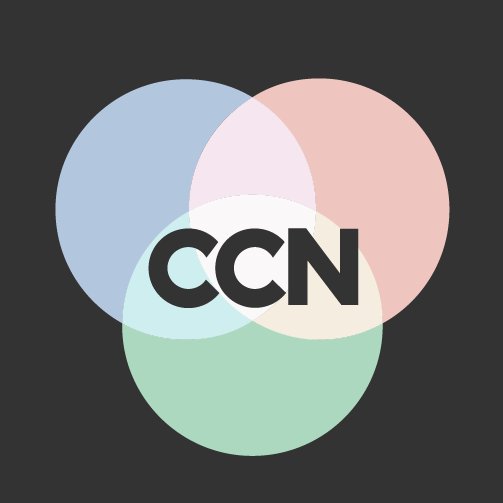 CogCompNeuro
CogCompNeuro
@CogCompNeuro -
 Alexander Huth
Alexander Huth
@alex_ander -
 talia konkle
talia konkle
@talia_konkle -
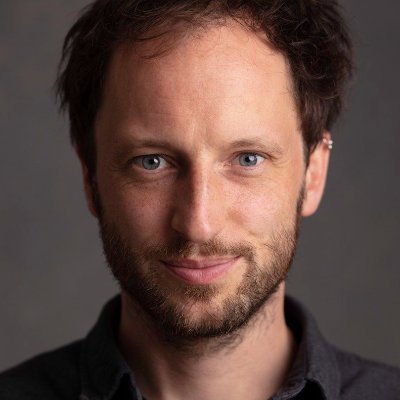 Tim Kietzmann
Tim Kietzmann
@TimKietzmann -
 Iris Groen @[email protected]
Iris Groen @[email protected]
@iris_groen -
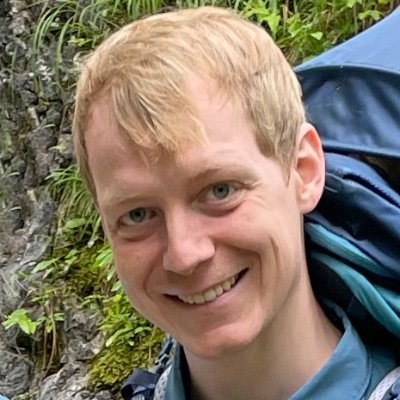 Martin Hebart
Martin Hebart
@martin_hebart -
 Chris Baker
Chris Baker
@Chris_I_Baker -
 Adrien Doerig
Adrien Doerig
@AdrienDoerig -
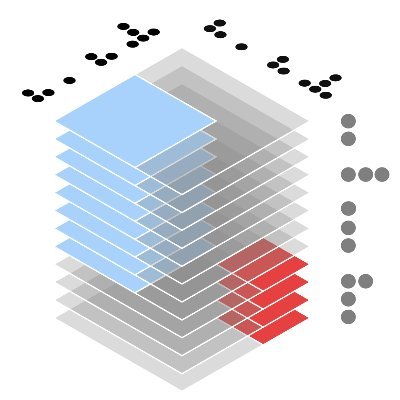 Nikolaus Kriegeskorte
Nikolaus Kriegeskorte
@KriegeskorteLab -
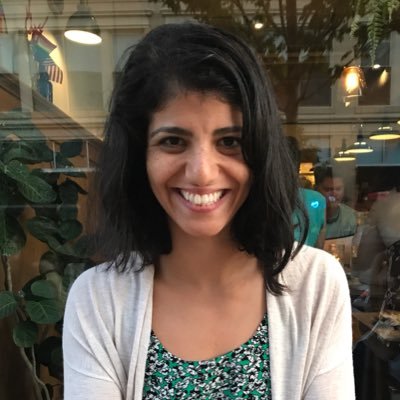 Leyla Isik @lisik.bsky.social
Leyla Isik @lisik.bsky.social
@leylaisi -
 Marius Peelen
Marius Peelen
@MariusPeelen -
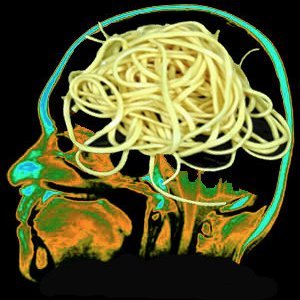 summerfieldlab @summerfieldlab.bsky.social
summerfieldlab @summerfieldlab.bsky.social
@summerfieldlab -
 Jean-Rémi King
Jean-Rémi King
@JeanRemiKing -
 Lynn Sörensen
Lynn Sörensen
@LynnKASorensen -
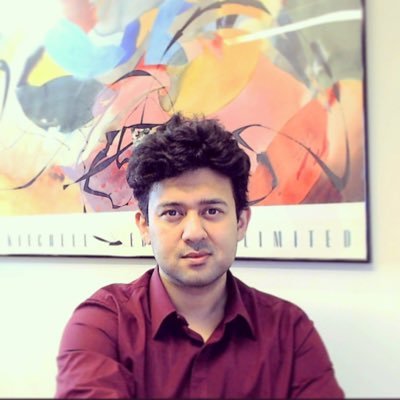 Kohitij Kar
Kohitij Kar
@KohitijKar
Something went wrong.
Something went wrong.


